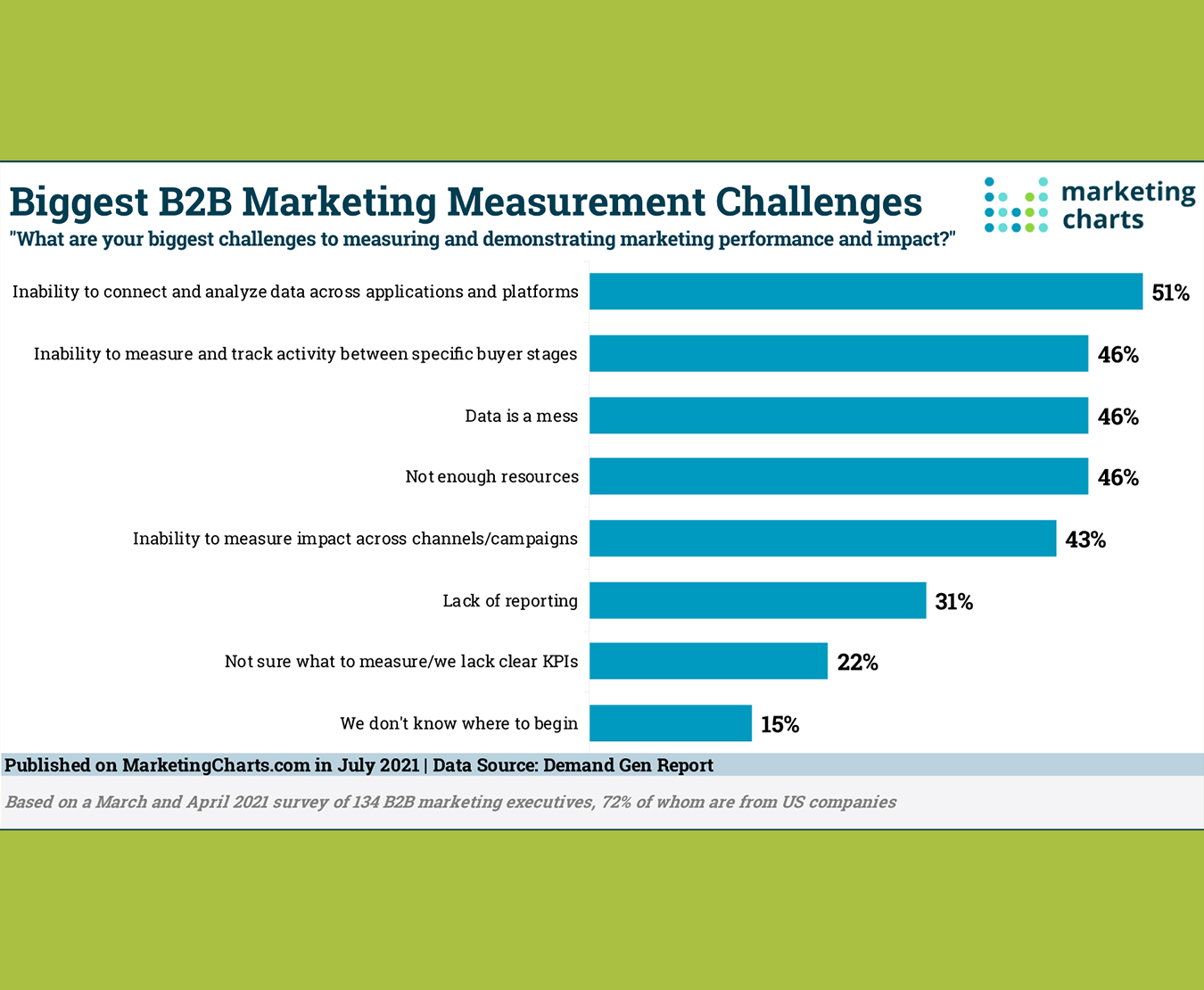
We recently published benchmarks and tips for optimizing B2B website conversion rates. This third part in the series looks at B2B website lead tracking.
How do you measure your B2B website conversion rate? Also, what does it mean for your B2B digital marketing strategy?
If you don’t know your website’s conversion rate, you’re not alone. There are several reasons why this information can be hard to pin down.
When you acquire specific contact information for a website user, you have a lead. This action is also known as a conversion of that website visitor.
The sought-after contact data is typically an email address. Often name, company name, and other details are also requested.
Asking for too much information will cause you to lose the lead altogether.
So how do users become leads on your website? RFI forms? RFQ forms?
There are many ways to invite visitors to provide their email address. A compelling offer works best for optimizing conversion rates.
Manually counting leads and comparing them to website visitors data is tedious and inefficient. That’s why we recommend setting up goals in Google Analytics or another web analytics tool. These tools track conversions for you and make reporting easy.
In Google Analytics, conversions are measured by goal completions. For example, you could set a goal of visitors getting to the thank you page after completing a lead form. Google can track that thank you page activity if you set it up as a goal. Achieved goals are reported on as website conversions.
A B2B website conversion rate in the 5% to 11% range means you’re doing something (or many things!) right.
If your conversion rate aligns with the average B2B conversion rate of 2.3%, you have room for improvement. Conversion rates below average indicate a need for action.
A higher B2B website conversion rate indicates the following:
A word of caution: Low traffic volume may inflate conversion rates. If your website traffic volume is low, then work on boosting traffic along with making improvements to optimize for conversion.
Many factors can cause low conversion rates.
Not sure how to solve the problem? Consulting a B2B marketing agency will help you pinpoint best website investments for optimal results.
How does your company approach B2B website lead tracking? We value your perspective.
Connect with us on LinkedIn or Tweet us. We’re always happy to talk.
– parin
Managing Partner
Image: Marketing Charts
With over two decades of experience, Parin leads an expert demand-generation agency, StratMg, that helps industrial manufacturing clients achieve unambiguous and quantified organic sales growth across the US, EMEA & APAC.
Parin has built & positioned StratMg to be a value-added marketing services provider that strives to create a culture of quantified sales-driven marketing initiatives leading to sustained business growth through channel management, diversification, new customer acquisition and retention strategies and tactical execution.